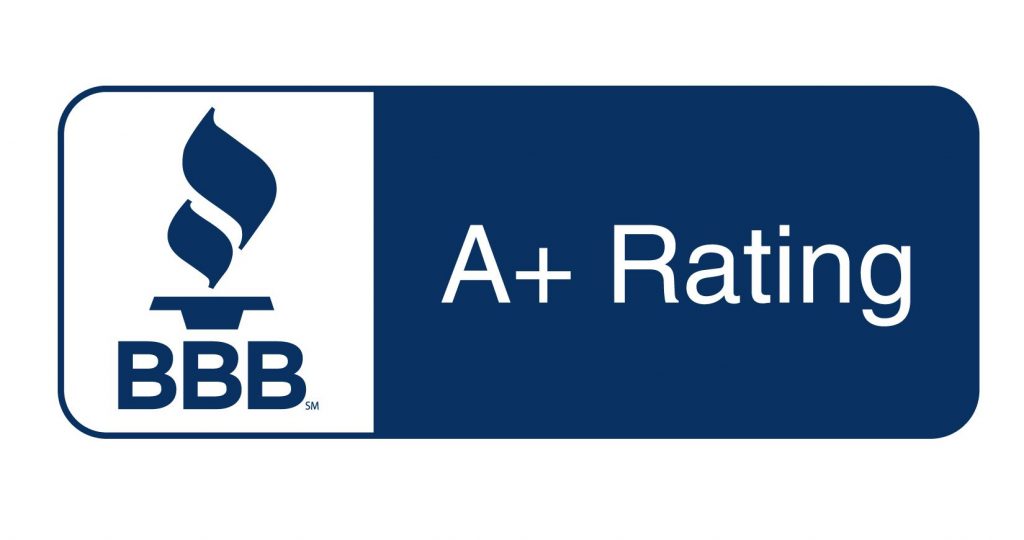Medicare Plans G and Plan N are both popular Medigap choices. Plan G is probably the most popular, but Plan N enrollment is catching up. So, what’s the difference between these two plans? Today, we’re entering a match between Medicare Plan G vs Plan N. By the end, you’ll decide the winner.
Medicare Plan G
Medicare Plan G, also known as Medigap Plan G or Medicare Supplement Plan G, is the most popular Medigap plan available on the market today. It recently surpassed Plan F, which was the “Cadillac” of Medicare plans until 2020. At the start of 2020, laws changed that limited Plan F enrollment only to those who turned 65 prior to that year. Since then, Plan G enrollment numbers have been on the rise.
What does Plan G cover? In short, Plan G picks up every cost that remains after Parts A and B pay their portion – except for the Part B deductible. The Part A deductible, as well as all copayments and coinsurance costs, are covered by Plan G. In addition, it offers some emergency coverage during foreign travel.
You may not have many out-of-pocket costs under Plan G, but you will have monthly premiums. Medigap premiums are based on personal factors like your age, gender, ZIP code, and tobacco use. While insurance carriers can’t change the benefits Plan G provides, you will notice that each sets a different premium. A 65-year-old female should expect to pay somewhere around $120 for Plan G.
Medicare Plan N
Plan N is similar to Plan G but with some small differences. It’s similar to Plan G because, like Plan G, it does not pay the Part B deductible. In addition, it doesn’t have the birthday cutoff like Plan F.
The first difference between Plan N and Plan G is that Plan N does not cover any Part B excess charges. Healthcare providers who choose not to accept Medicare assignment (meaning the Medicare fee schedule) can charge an additional 15% on top of the Medicare-approved amount for a service. For example, if a service costs $200, the provider can charge $230. That extra $30 is the Part B excess charge, and Plan N will not pay it.
Before you get too concerned, let’s decide if this lack of coverage is a big deal. About 96% of all healthcare providers accept Medicare, so the likelihood of seeing excess charges is rare. Plus, eight states prohibit the practice of excess charges. If you live in Connecticut, Massachusetts, Minnesota, New York, Ohio, Pennsylvania, Rhode Island, or Vermont, you won’t need to worry about Part B excess charges at all.
The second difference between Plan G and Plan N is that Plan N requires some copayments. A visit to your physician will cost up to $20, and an emergency room trip will cost up to $50. We say “up to” because it can cost less if your provider charges less. If your emergency room visit results in an inpatient admission to the hospital, the copay is waived.
There’s a third difference: the premiums. Plan N has lower premiums than Plan G. That same 65-year-old female would probably pay around $80 for Plan N. In addition, Medigap Plan N premiums have a slower rate of increase than Plan G premiums. Since most people who enroll in Plan N are relatively healthy, they help keep the overall costs low, which results in lower premiums.
Plan G vs Plan N: Which Is Better?
Have you decided which plan is better for you? Let’s assume you aren’t worried about the Part B excess charges you might run into with Plan N and focus on the copays. Even if you visit your doctor once per month, you’ll still come out ahead by enrolling in Plan N.

You can also save money with Plan N if you visit an urgent care clinic rather than the emergency room when possible. Urgent care clinics are not emergency rooms, so you won’t have the $50 copay. Of course, if you’re experiencing a true emergency, head to the ER!
If you need help deciding which Medicare plan is right for you, call the advisors at Carolina Senior Benefits. We’ll weigh the pros and cons of each option to help guide you in your decision.





